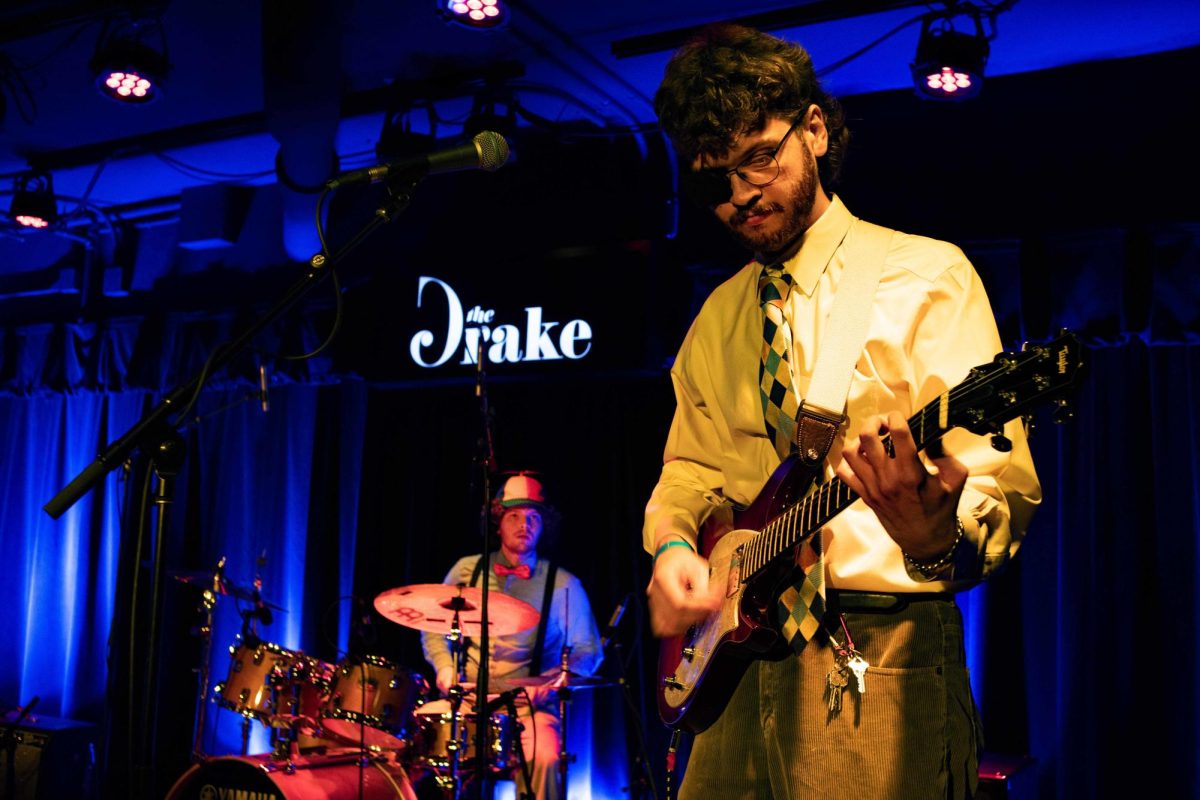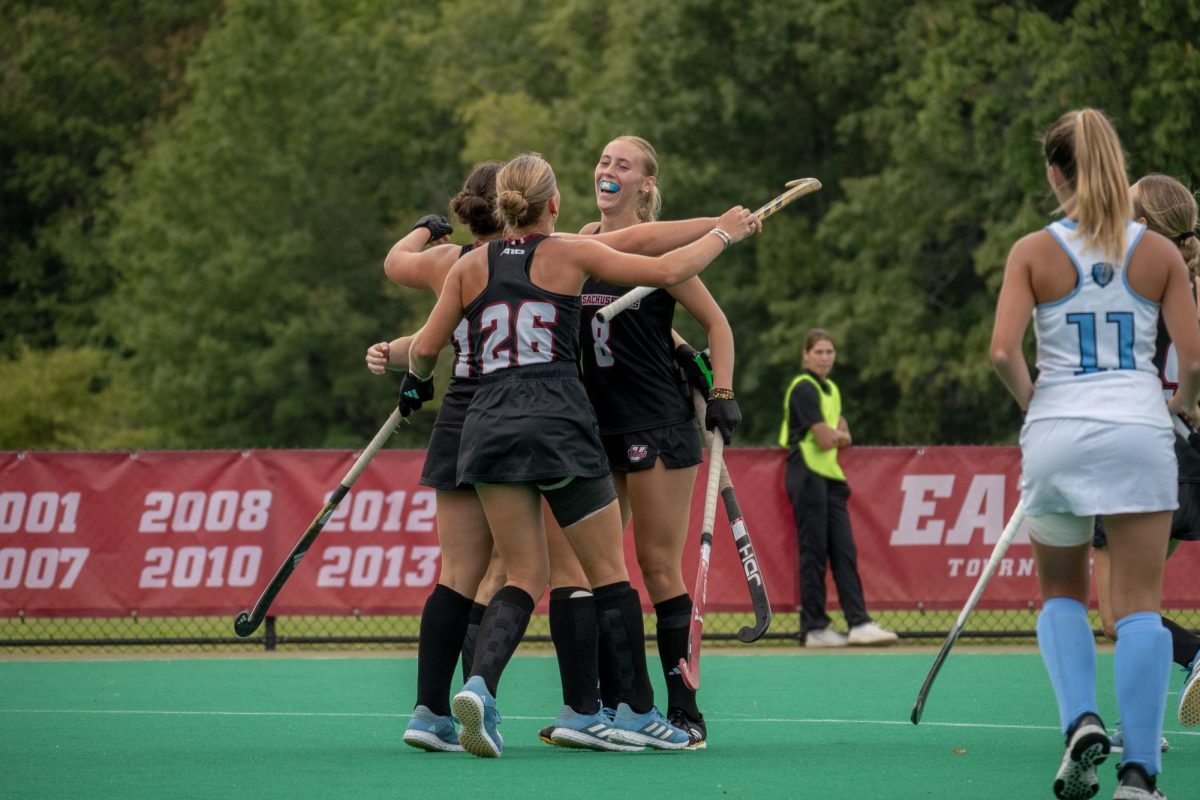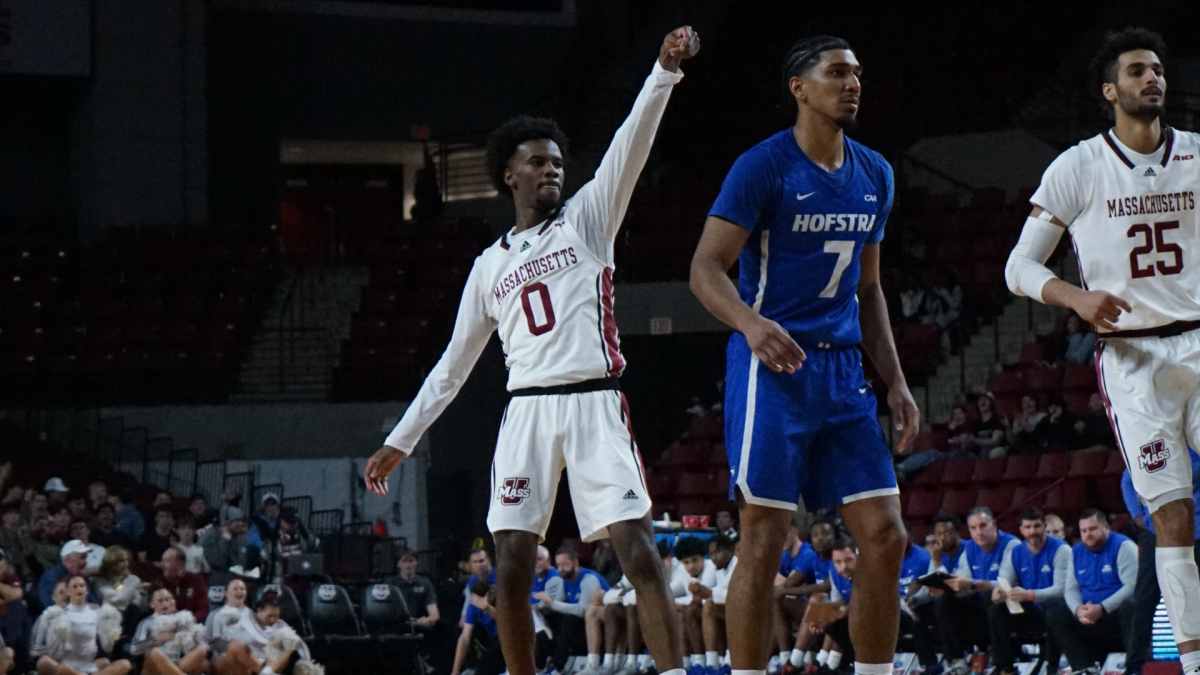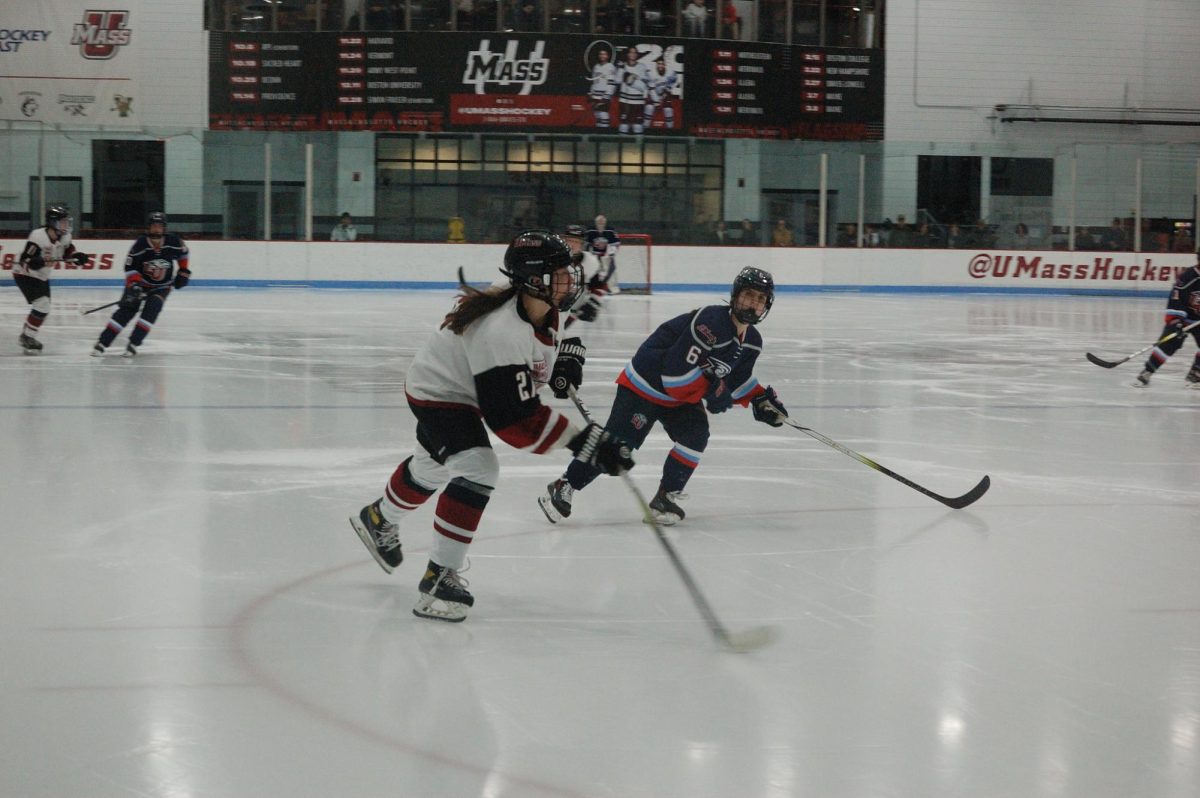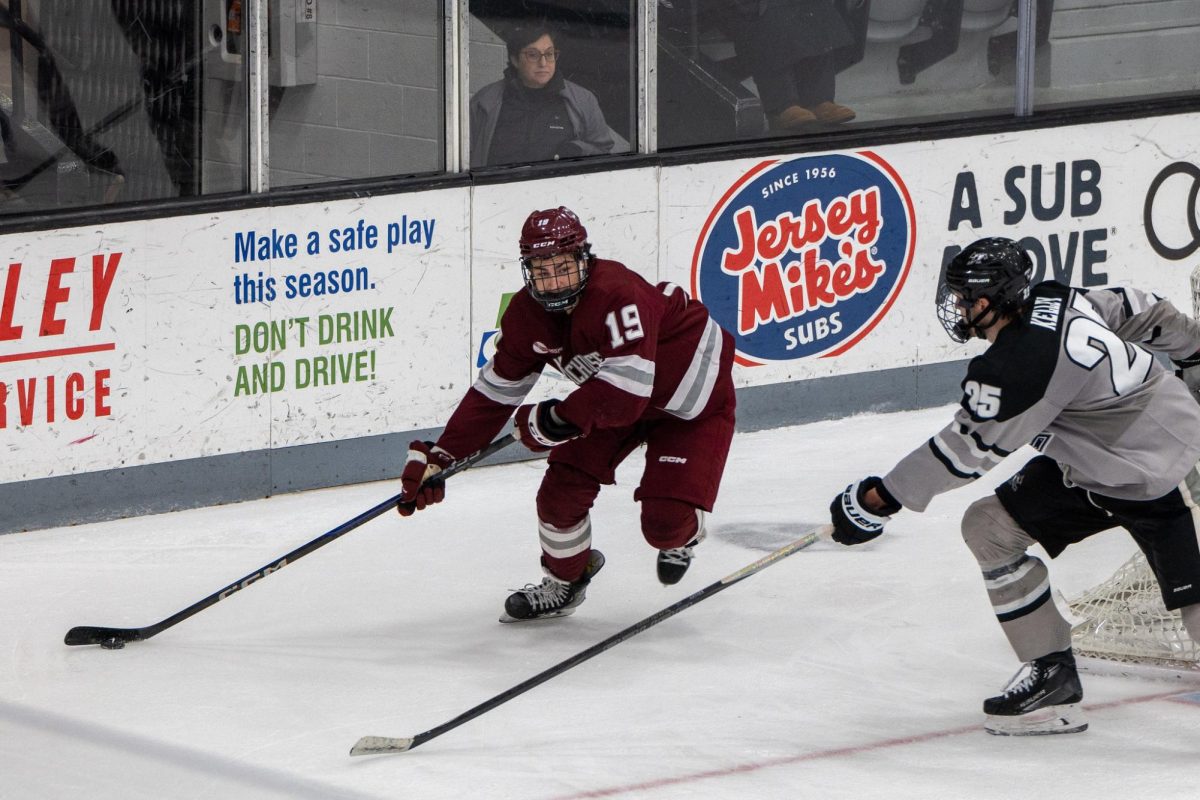
There’s this Twitter account that many film nerds love called “One Perfect Shot.” The basic gist of the account is that posts random, well-composed screenshots from different movies and television shows as examples of, as the name states, “perfect shots.” (With 20,000 tweets and rising, the bar for “perfect” seems pretty low here.)
Never mind the fact that a “frame” and a “shot” aren’t close to the same thing, this account follows a mentality of cinematography appreciation that is particularly toxic because it ignores what makes these shots great in the first place. What emotion does it want to convey? How do the characters feel in that scene? What is the significance of that shot to the story? It’s a school of analysis that disregards context for the most surface-level aesthetic appreciation possible.
The reason I bring up “One Perfect Shot” and its shallow cinephilia is because “La La Land,” a film whose press campaign touted it as the scrappy underdog savior of the movie-musical, embodies this exact same prioritization of form over function. Director Damien Chazelle wants to craft a throwback to the classic Hollywood musicals of yore, yet he can only mimic their technical pleasures rather than replicate what truly mesmerized audiences.
“La La Land” focuses on two artists, Mia (Emma Stone) and Seb (Ryan Gosling), who went to Los Angeles to chase their dreams. They find love through their mutual disappointment in how little their dreams have been realized. Mia is a struggling barista who wants to become an actor. Seb is a jazz pianist who performs classic showtunes at restaurants, though his true aspiration is to open a nightclub that plays “real” jazz. Jazz is dying, you see, and only Seb has the vision and raw talent to resuscitate it (the framing of this false narrative has its own can of worms). Nobody understands jazz like Seb.
You may have noticed that Seb sounds like a terrible, tedious person – the kind who never shuts up in philosophy class and always brings his guitar to parties no matter how inconvenient – and you’d be correct in that assumption. Gosling’s hunky magnetism helps mask the simple fact that Seb is a condescending, rude creep.
Chazelle’s idea of romance is best represented in how Seb announces his presence. Too lazy to knock or send a courtesy text, he blasts a deafening car horn to get Mia to come outside rather than lug his deadbeat carcass to his girlfriend’s front door.
While Gosling’s charisma sugarcoats an obvious dirt bag, he at least has identifiable qualities (however accidentally unsympathetic he may seem). Once one peels back the enormity of charm that is Emma Stone, it reveals a character that barely exists at all. There is little to be said of Mia’s personality or psychology beyond the affectations of the person who plays her. Not much seems to motivate her besides the fact she “wants to be an actress.” The closest we get to a backstory is that her grandma showed her classic movies like “Casablanca” when she was little. It’s never a good sign when the best a male writer can do to define a female character is through the pop culture she consumes, especially when it’s obvious Chazelle is projecting his own obvious desires onto this otherwise blank slate of a woman.
He likes jazz. She likes acting. These core wants are the extent to which “La La Land” sketches out its romantic leads. The rest is just the strength of Gosling and Stone as performers. No wider psychology is at play here. Nothing about Seb’s character indicates why he wants to join up with John Legend’s jazz band versus why he wants to quit, nor is there any clear indication about what Mia’s one-person play is about or what inspired her to write it. The movie just needs them to make these decisions to move itself along.
As one can imagine, when there’s no real reason given for why two people are even together, it spells death for a film that ostensibly anchors itself around this romance. At no point does “La La Land” justify Seb and Mia’s relationship beyond the paper-thin excuse of “they both have dreams.” There’s no connection between what the text wants to convey and how it conveys it.
This disconnect makes “La La Land” a basic failure of filmmaking. Yes, it has the lush technicolor of “The Umbrellas of Cherbourg.” Yes, it has the elaborate choreography of “West Side Story.” But all of these technical hallmarks are in service of nothing. There’s no meaning behind it beyond “this is how it used to look like.” Now, the aim to recreate all the stylistic touchstones of classic studio movies is not inherently bad. After all, there’s nothing wrong with a good throwback. Yet its primary goal is indeed nothing more than pantomime, and Chazelle more-or-less confesses as much in interviews.
Like “Stranger Things” and the 80s, “La La Land” is obsessed with depicting the signifiers of 50s and 60s pop culture without an understanding of the context that made them great: emotions, themes and real drama. “La La Land” has none of these qualities, though at least it “looks good.” These tangible details – like color, choreography and space – serve no clear function. Even the best cover band is still a cover band. “La La Land” is so preoccupied with copying the notes that it doesn’t notice how poorly it recycles the greatest hits of better artists.
Nate Taskin can be reached at [email protected], and followed on Twitter at @nate_taskin.













